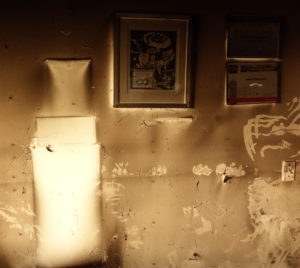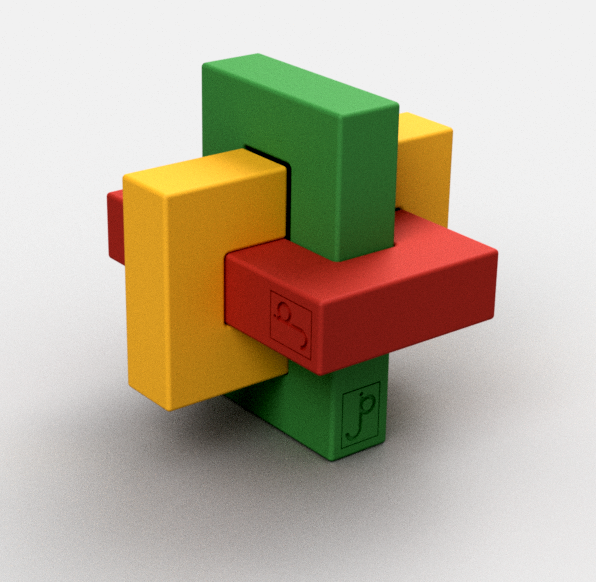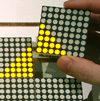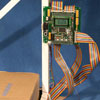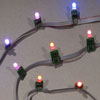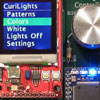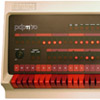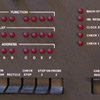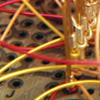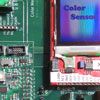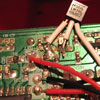Siren chasers
Before heading to the hotel, we’d gone into the house briefly to retrieve a few items – some clothes, phone chargers, etc. It was well past 1am by the time we settled in hotel. I couldn’t sleep at all; anxious to figure what was going on, I got up early. My cell phone rang, I instinctively answered.
Caller: Hi, I understand you need a clean up crew at your residence for a fire…
Me: Uh, I contacted the insurance company, I think they’re taking care of that.
Caller: Oh no, you don’t want to use them, insurance just uses the cheapest people. We’ve got a crew of pros that can get right out there and…
The conversation woke my wife, who became suspicious.
Wife: How did you get our number?
Caller: Look, we have a crew that can get out there this morning and start cleaning up your place…
Wife: How did you get our number?
Caller: …We do this work all the time, and we…
Me: How did you get our number???
?: Uh…public records…
Click! (we hung up)
This was our first introduction to the world of siren chasers. These scumbags watch emergency response logs and listen to radio scanners, looking for traumatized people to help clean up – on their insurance money. We later found a good way to weed out legitimate phone calls from the siren chasers was to ask for the name of the insurance company (and if you’re still suspicious, ask for the claim number). And this caller’s line about the insurance company “just hiring the cheapest people” was complete BS. If you like your insurance company, trust their recommendations.
Black
Later that morning, I went to the house to see what I could learn in the daylight. The actual fire was in my home office, my creative center since remodeling the house 17 years ago. It housed a large complement of tools, including many specialized for electronics. Lots of computers, from past relics and custom prototypes, Raspberry Pi’s, to a few laptops, and a Mac Pro. Decades of collected bits of electronic (ahem) junk that I figured I could re-purpose into useful or interesting things. A few hundred parts and components, purchased in various quantities for dozens of projects. And a library of several hundred books. Not cheap books either; most were expensive art and technical works.
The fireman had left the window open. When I walked up to the screen and peered in, my office wasn’t there. Just blackness.
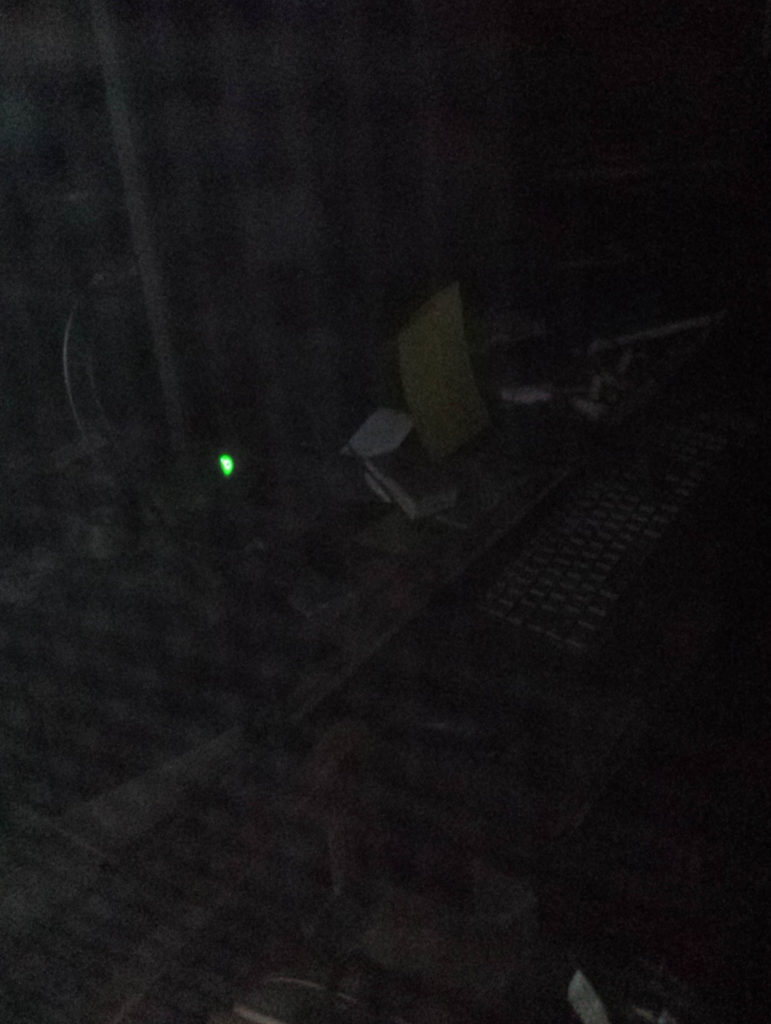
Trust me, I’m a competent photographer. That’s really what it looked like. The fine black soot covering everything simply did not reflect light, so there was little to see, even in the daylight. I couldn’t go in, the fumes were simply too strong.
Reality Check
A short while later, Vicky, the manager of the restoration company showed up. We took a tour of the house. She pointed out smoke collected on previously invisible cobwebs. As she walked through the house, she occasionally wiped a wall or a shelf with a white sponge, revealing the fine black soot. The furnace had kicked on during the fire, spreading the smoke everywhere. She explained the noxious fumes would not simply go away on their own. Everything in the house would need to be packed out and cleaned. Walls and ceilings would need repainting. It will take months. Small fire, big damage.
She saved my office for last. I couldn’t handle the fumes, so I went outside and looked in through the screen as Vicky opened the door and walked inside. Standing amid the blackness, it looked as if she was floating in outer space. After taking a few snapshots, she paused a moment, thinking about how to break the news. “As far as your insurance company is concerned, everything in this room … is a total loss.” Oh. She waved at my desk – “Those computers are gone. You can pull the hard drives out, but there’s no way they can be cleaned up and used again.” Tools, computers, books, parts, all enveloped in toxic soot that is difficult to remove.
Later, she explained more about the smoke. The stuff permeating the house wasn’t like the smoke from a fireplace or campfire. It was burned plastic, glues, and other noxious chemicals that stick around. Like a vile contagion, it spreads. If you take something exposed to the fumes and move it to a clean room, soon that room picks up the smell and must be cleaned. In smaller doses, your nose tires of the scent. You might not realize you’ve picked up the smell until people start scowling and stepping away from you in the Starbucks line.
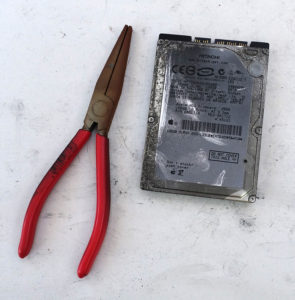
Wrapping things in plastic is no defense. I found brand new items, still in their original shrink wrap. Tear them open, and they smelled just as badly as unwrapped things. For a few weeks I had to change into special “smoke clothes” I used every time I visited the house. The restoration crew installed powerful air scrubbers they left running around the clock to bring the fumes down to a tolerable level for their crew. But I needed a full respirator to be in the house, even weeks after the fire.
After a week or so in hotels, we were fortunate to find a large apartment nearby, and moved there while the housing situation is sorted out.
